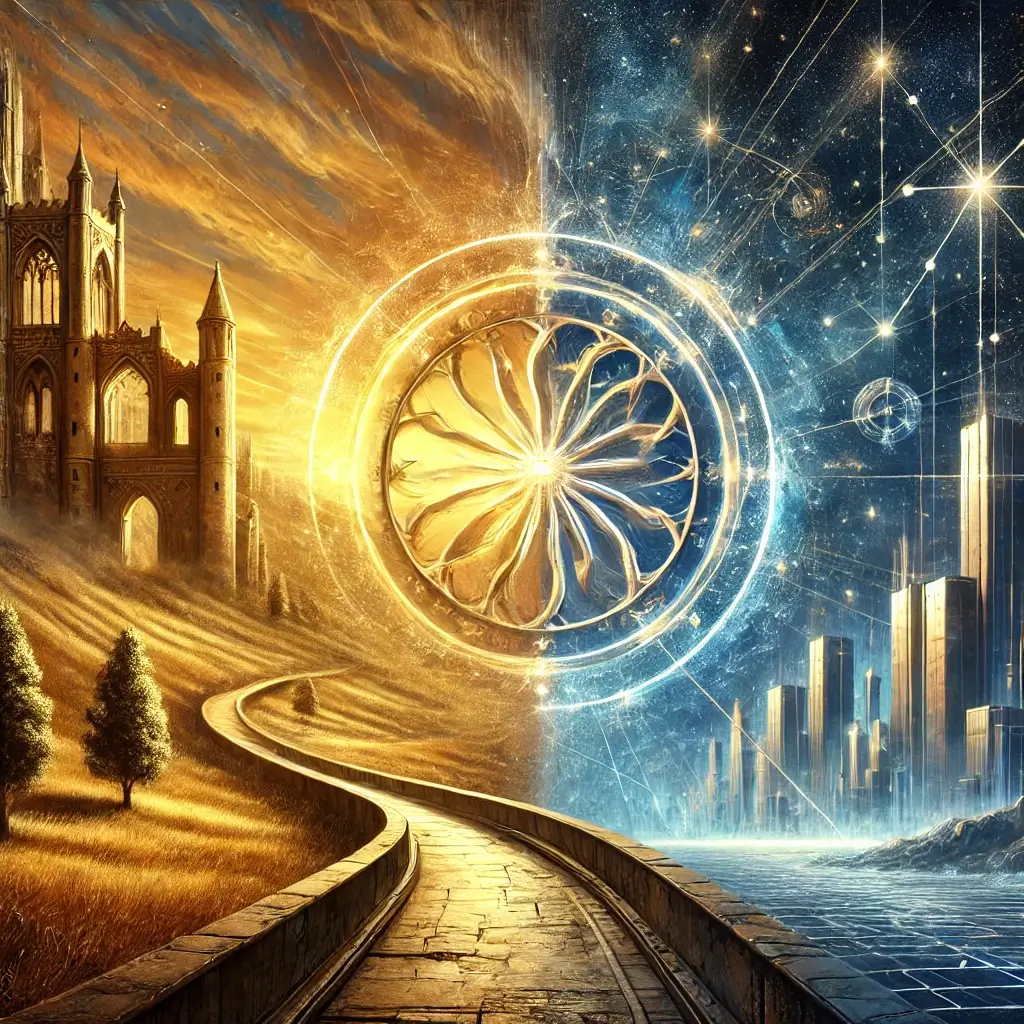In the Mediterranean, the Night of San Juan is one of the oldest and most symbolic celebrations of the calendar year. It marks the summer solstice and welcomes the warmest season with rituals of purification, wishes, and renewal. Its origin is lost between pagan and Christian traditions, but its energy remains very much alive.
In Spain, this magical night is experienced with unmatched intensity. From the coast to the inland towns, thousands of people embrace a blend of fire, sea, and festive spirit that transforms cities and villages into glowing stages of celebration and tradition.
Bonfires of Renewal
Bonfires are the heart of the celebration. They are lit to burn away the old, purify the spirit, and welcome new beginnings. It’s common to see people writing down wishes or fears on paper and throwing them into the fire. Jumping over the flames — usually three times — is another widespread ritual, symbolizing courage and renewal.
In Alicante, the festival reaches its peak with the Hogueras de San Juan, a celebration declared of International Tourist Interest. Here, bonfires become true works of art: giant satirical figures called ninots, which are set ablaze amid fireworks and crowds during the dramatic Cremà.
Bonfires are also popular in Valencia, Castellón, Tarragona, and in the north, in Galicia, where the flames are joined by ancient spells, strong spirits, and the famous queimada ritual.
The Sea as Ritual
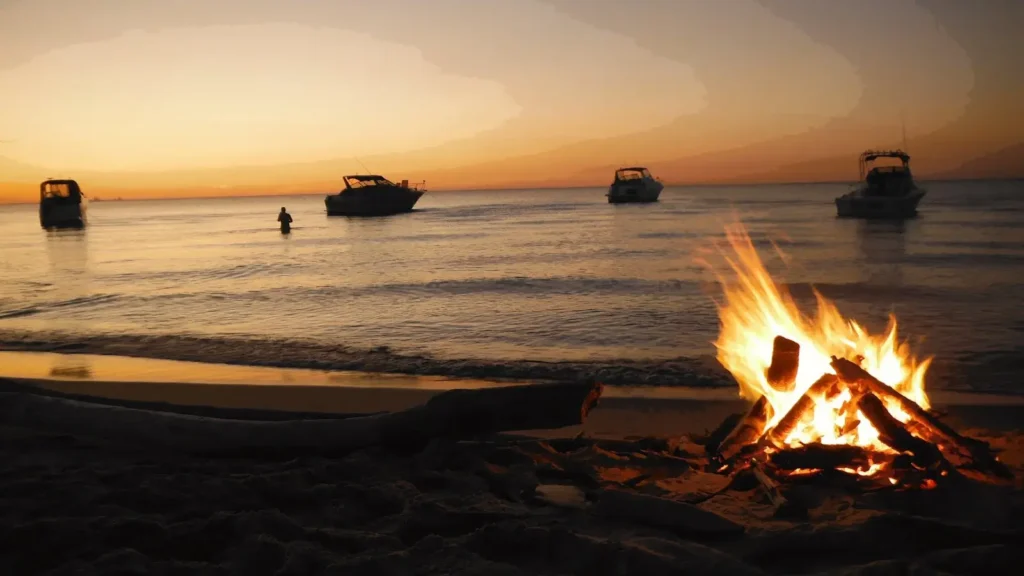
Along the coast, the sea becomes the second great protagonist. At midnight, thousands head to the shore to dip their feet, jump over the waves, or take a full plunge. It is believed that bathing on the Night of San Juan cleanses the soul, washes away bad energy, and brings good luck.
From Barceloneta Beach in Barcelona, to La Malagueta in Málaga, and the shores of Las Palmas de Gran Canaria, Gijón, or Cádiz, beaches are filled with bonfires, music, and people celebrating until sunrise.
🔥 Fire, Sea & Flavor in Málaga
If you want to explore another Mediterranean tradition that blends fire and the sea, don’t miss our article on espeto — Málaga’s iconic grilled sardines cooked over open flames right on the beach.
Read more about the Mediterranean ritual of espeto »The Interior Celebrates Too
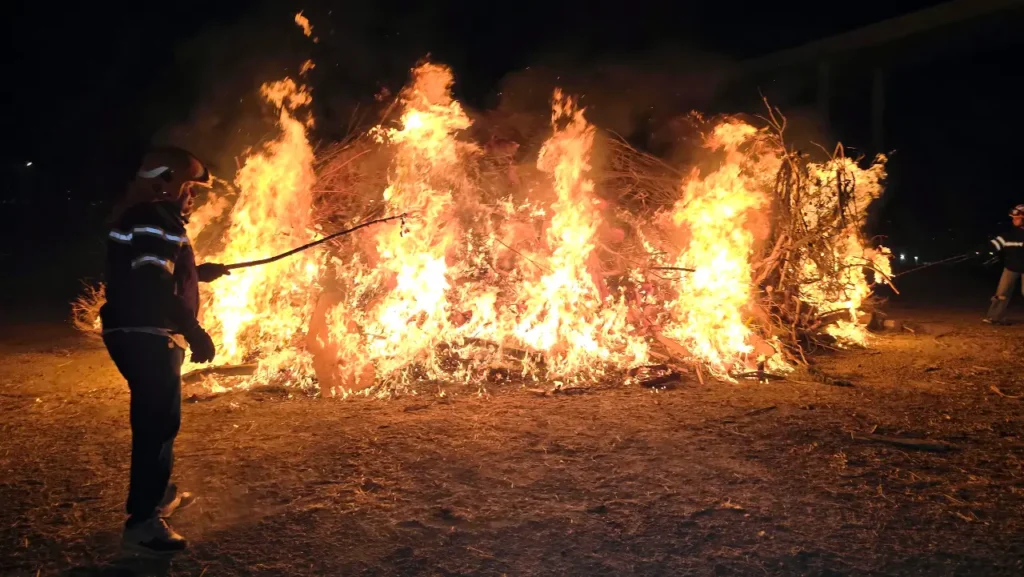
While the most iconic images of San Juan are tied to the sea, Spain’s inland regions also celebrate with passion.
In Soria, for example, the Night of San Juan coincides with the start of the local San Juan or La Saca festivals, featuring bull runs and unique traditions.
In cities like León and Burgos, bonfires and open-air dances are still part of the tradition. In Zamora, people light bonfires in neighborhoods and town squares, often accompanied by fireworks and traditional music.
Even in Madrid, far from the sea but full of festive spirit, San Juan is celebrated in parks like Casa de Campo or San Juan Bautista, with live music, supervised bonfires, and activities for all ages.
Local Tips If You’re Visiting Spain for San Juan
If you’re lucky enough to be in Spain on June 23rd, here are a few local tips to enjoy the celebration like a true local:
- Book your accommodation early, especially in coastal areas. Beaches get packed and demand is high.
- Wear comfortable clothes — and something you don’t mind getting wet or smoky. San Juan is about dancing, jumping, splashing, and staying outdoors.
- Join in the rituals, even if you’re skeptical. That’s part of the magic. Write a wish, jump the waves, or burn something symbolic in the fire.
- Check local regulations: not all beaches allow bonfires. Make sure they’re permitted where you are.
- Taste the local flavors: grilled sardines, tomato bread, empanadas, or local sweets are traditional in many areas. In Galicia, don’t miss the queimada and its mysterious chant.
- Use public transportation or prepare to walk. Traffic and parking near beaches can be chaotic
🌟 Frequently Asked Questions about San Juan in Spain
🕛 When is the Noche de San Juan celebrated?
On the night of June 23rd, leading into the 24th — just after the summer solstice.
🔥 Can I light a fire on the beach?
Not always. Many cities require special permits or restrict bonfires to designated areas. Always check local regulations.
👙 Do people really swim at midnight?
Yes! It’s a magical ritual meant to cleanse and attract good luck — just bring a towel and a sense of adventure.
🎉 Where are the biggest celebrations?
Alicante, Barcelona, Málaga, and Galicia are famous hotspots, but nearly every coastal town has its own charm.
🍽️ What food is typical on this night?
Grilled sardines (especially in the south), local pastries, and in Galicia, the mystical queimada.

Iberian Ham: Everything You Need to Know to Choose Like a Local in Spain

I Struggled to Save Money for Years — Until I Changed My Mindset (and One Simple Habit)
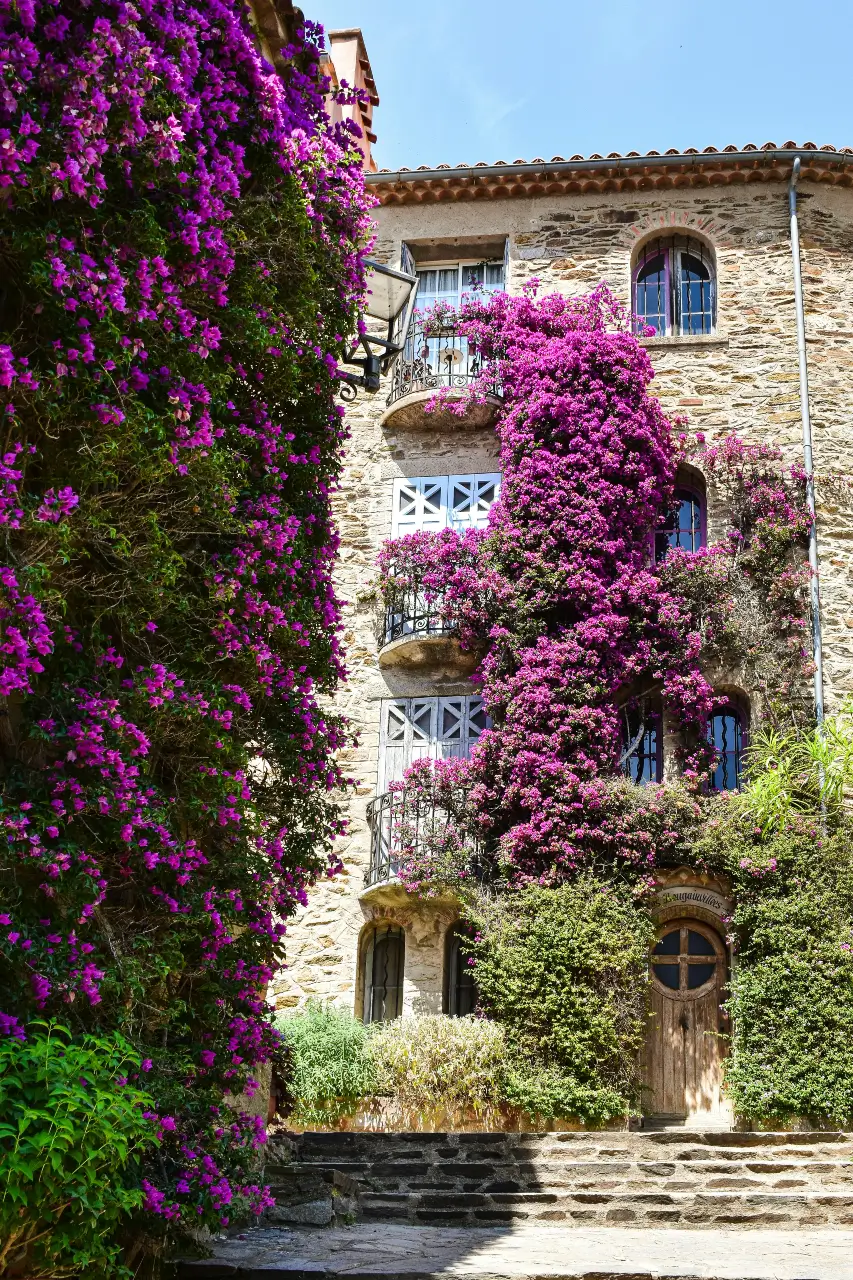
The 5 Most Spectacular Climbing Plants for a Mediterranean Garden (and How to Care for Them)
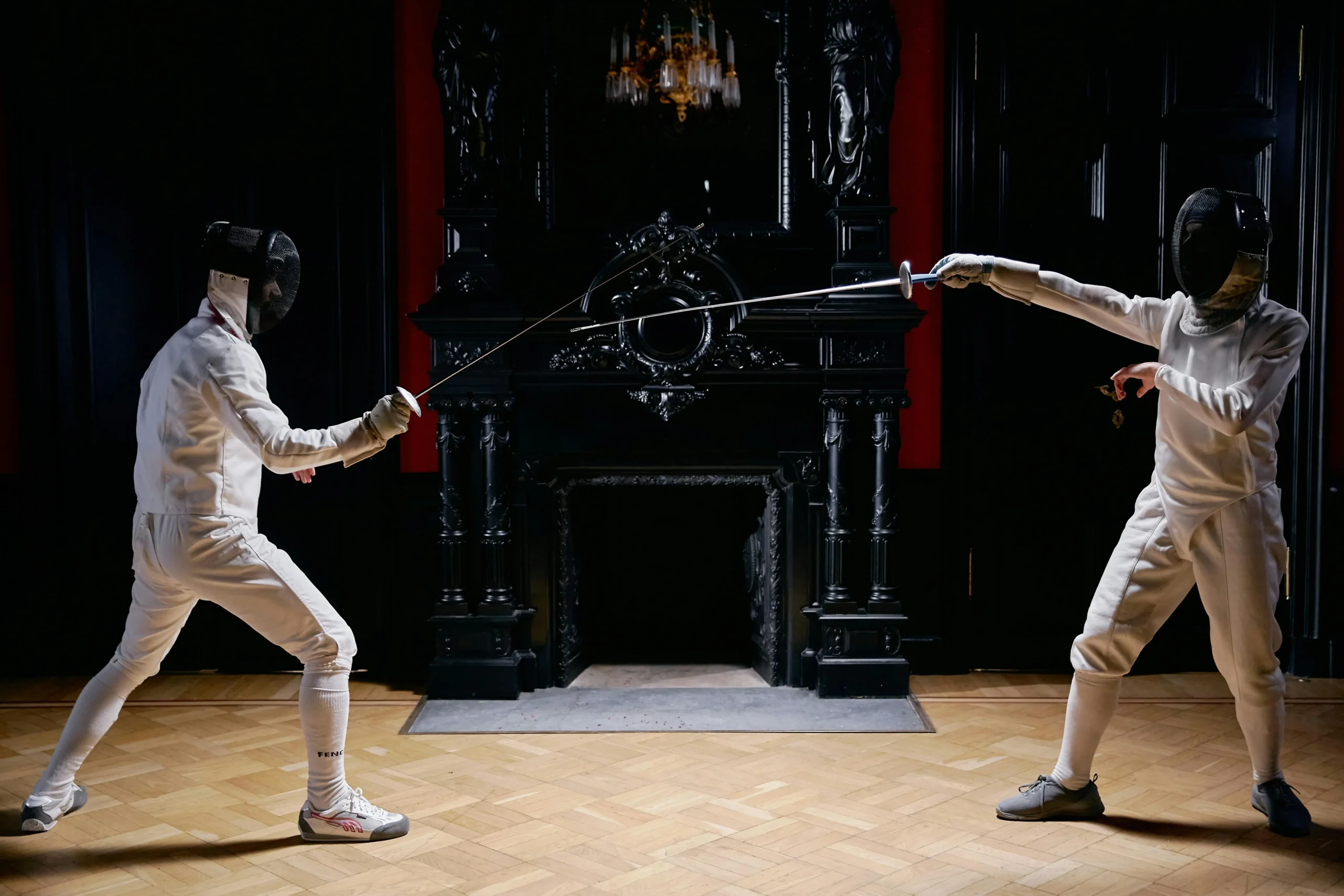
Whispers of thought: Why Are People Ruder Than Ever? The Slow Death of Manners
